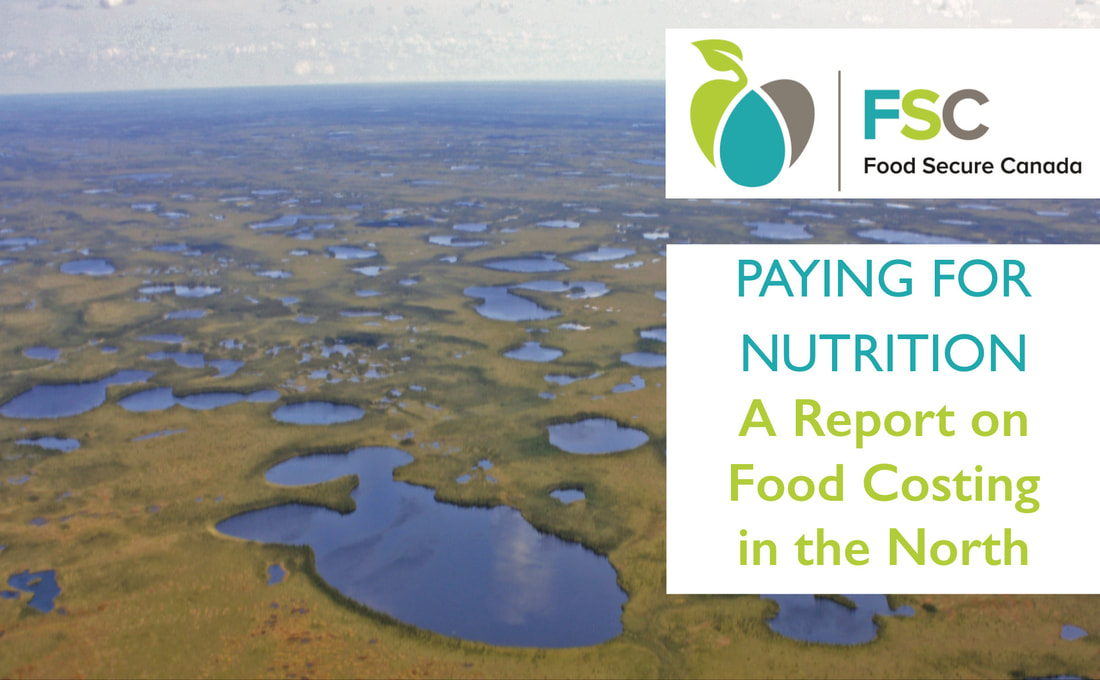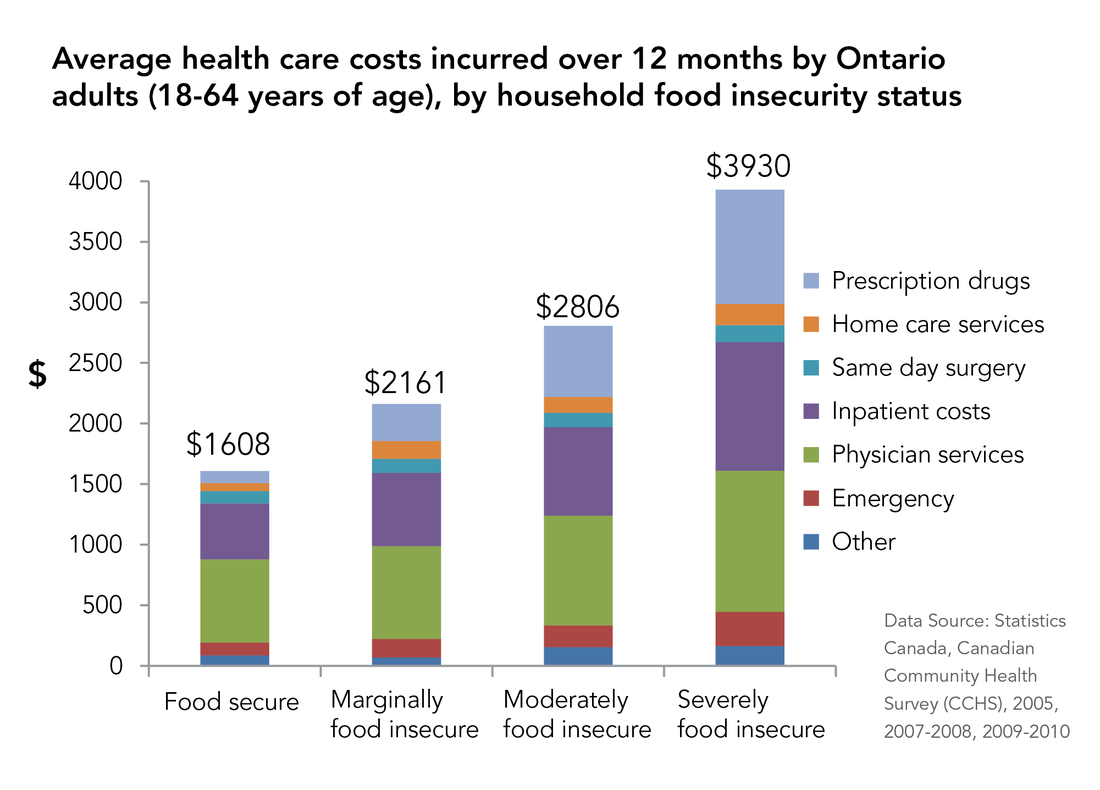Developing Extremes IntroductionFor historical context, we must note that the establishment of the many reserves was structurally designed for a purpose. Mary Kelm asserts that the government knew the structure of the reserve system was design to limit access to resources (Kelm, 1999, p.27). This was to foster dependence on government resources and initiate a change in culture. In the late 1800’s and early 1900’s, the belief was that Indigenous Peoples were going extinct and those that remained needed to modernize, i.e. residential school system. The food insecurity experienced by northern and remote reserves a consequence of colonialism. Northern and Remote
Health Costs Imagine being on a fixed income and in the face of high prices, what would be your strategy? One would buy what was available and cheap. Processed foods, which are calorie dense, high in sodium, and low in nutrition is more affordable and has seen an increase in consumption by about 50% (Racco, 2018, para.1). The long term effect of eating processed food has been demonstrated to result in adverse outcomes. The consumption of processed foods is cheap, plentiful, and time efficient. Researchers have found that the intake of processed foods resulted in increased fats, sugar, and salt consumption and decreased intake of fiber, vitamins, and minerals (Moubarac et al., 2017, p.7). The authors of this report conclude that nutritional imbalances present in the Canadian Diet is a result of increased consumption of processed food and stress a return to handmade, unprocessed food product (Moubarac et al., 2017, p.10). One final piece to the food insecurity puzzle is the availability of health services to address the health outcomes of the food insecure diet. Another finding from the Food Secure Canada report on northern and remote reserves are access to health services are limited (Food Secure Canada, 2016, p.5). The following graphic is from PROOF Toronto and illustrates how food security and health outcomes are tied, in the province of Ontario. Those experiencing food insecurity have double the health issues than those who are not food insecure. Conclusion Experts in the field cite the global population increase, declining production numbers, agriculture tech limitations, and already maximized land use will result in food shortages. In Sarah Menker’s TedX Talk, she believes we are less than a decade before we see food become expensive and unavailable (Menker, 2017). What would this look like in contemporary Canadian society?
The purpose of this blog post is to demonstrate the long term consequence of food insecurity. We can look to these examples on Northern and Remote tribal reservations to illustrate these conditions. The health outcomes are tied to the quality of food that is consumed. Urban areas are beginning to feel the pinch and much has to do with the orientation and structure of the food system currently being used, which will be the subject of our next blog posting. References Food Secure Canada (2017). Paying for Nutrition: A Report on Food Costing in the North. Retrieved from https://foodsecurecanada.org/sites/foodsecurecanada.org/files/201609_paying_for_nutrition_fsc_report_final.pdf Kelm, M. E. (1999). Colonizing bodies: Aboriginal health and healing in British Columbia, 1900-50. UBC press. Menker, S. (2017). A global food crisis may be less than a decade away. Retrieved from https://www.ted.com/talks/sara_menker_a_global_food_crisis_may_be_only_a_decade_away?language=en Moubarac, J. C., Batal, M., Louzada, M. L., Steele, E. M., & Monteiro, C. A. (2017). Consumption of ultra-processed foods predicts diet quality in Canada. Appetite, 108, 512-520. Racco, M. (2017, December 5). Canadians, especially kids, get half their daily calories from ultra-processed foods. Retrieved from https://globalnews.ca/news/3898015/canada-kids-processed-food/
0 Comments
|
AuthorWrite something about yourself. No need to be fancy, just an overview. Archives
March 2022
Categories |



 RSS Feed
RSS Feed